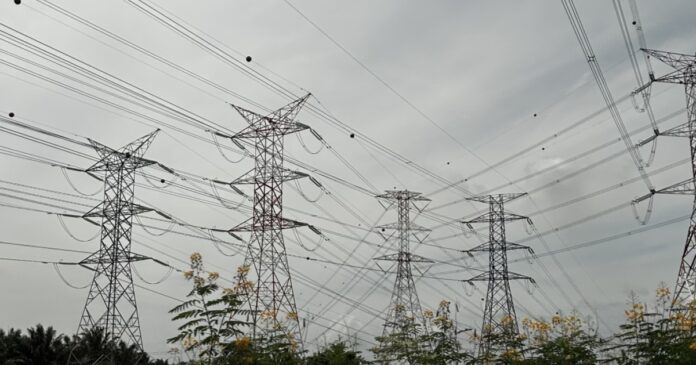It’s a choice between creating jobs later or now at the expense of higher energy prices.
Japan should build its renewable energy (RE) supply chain including boosting sourcing ties with key Asian players to lower development costs, as it aims for as much as 50% clean power generation by 2040 under its updated roadmap, according to an energy consultant.
“We don’t have a sufficient supply chain in Japan,” Toru Kumagai, head of business development in Japan at engineering company Ramboll, told Asian Power. “We need to set up the supply chain to stabilise component prices.”
In February, Japan approved its seventh strategic energy plan, which targets 40% to 50% renewable power generation by 2040 from 32% last year.
The cost of RE components in Japan, such as solar panels, wind turbines, hydroelectric generators, and energy storage systems has ballooned by 30% to 50%, Kumagai said, without specifying the figures.
“It is important to establish a global relationship, especially with Asian countries, to establish a supply chain,” he said via Zoom. “We can cooperate with Korean, Taiwanese, and Chinese manufacturers.”
Japan plans to strengthen business discipline and streamline the bidding system as part of its push to fast-track innovation and build supply chains in the renewable energy sector.
Patrick Architta, head of wind energy in Asia Pacific at Ramboll, said Japan faces a tough choice when building its supply chain.
Building it locally could raise energy costs and create jobs, whilst building it using imported components could lower power prices, leading to fewer jobs in the short term, he pointed out.
“As a country, do you want to have expensive energy that creates local jobs?” he asked. “Or do you want to have a competitive energy that will create more jobs later?”
“You cannot have it all. Or you can have it all, but only for the very long term,” he added.
Beyond supply chain enhancements, Tokyo should also fast-track its grid expansion, according to Michiyo Miyamoto, an energy finance specialist in Japan at the Institute for Energy Economics and Financial Analysis.
Funding for the interconnection between Tokyo and Hokkaido, a key project that involves building a high-voltage transmission line to connect the two regions and facilitate energy exchange, is yet to be finalised.
The project, which is estimated to cost $11.5b, seeks to significantly expand transmission capacity from Hokkaido, which has abundant renewable energy resources.
Miyamoto urged the government to settle the project financing since installation could take a decade, adding that Tokyo Electric Power Co. Holdings, Inc. (TEPCO) is the top candidate to provide funding.
She doesn’t expect the project to finish by 2030 based on “the discussion of the finance and also the situation of the procurement.”
The parties continue to negotiate on how the risks will be divided, she said in a separate Zoom interview.
The Organization for Cross-regional Coordination of Transmission Operators, Japan’s grid regulator, in December said two groups have expressed interest in the project. The deadline for final bids is in December, whilst awarding will be in March 2026.
A prevalent concern among investors is Japan’s slow implementation.
Architta noted that whilst the long-term ambitions are sound, the slow transition risks making the market less interesting for investors who could find higher volumes and faster deployment elsewhere.
“If you have a higher incentive and the volume is lower, that might compensate and attract more investors,” he added.

